Forensic pathologist Roger Byard: I dreamt the bodies were coming back to life
THE forensic pathologist called in after the discovery of the Snowtown bodies-in-the-barrels murders reveals the horrific impact of solving a “gruesome jigsaw puzzle”. GRAPHIC CONTENT
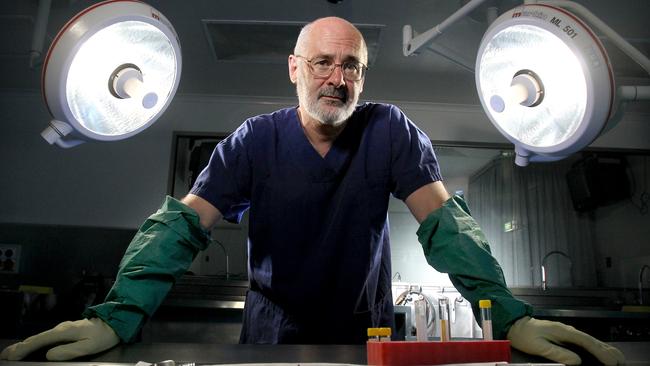
Behind the Scenes
Don't miss out on the headlines from Behind the Scenes. Followed categories will be added to My News.
WARNING: GRAPHIC CONTENT
IT was early evening on 20 May, 1999, when forensic pathologist Roger Byard answered his office phone.
“Oh, g’day, Doc,” said the policeman.
“I’m in this unusual place named Snowtown and I’m in this bank vault lined with plastic …”
“Is it hydroponic?” Byard asked.
For Byard, the most likely explanation was that the vault was being used to grow an illegal cannabis crop.
Weeping Woman: Australia’s most brazen art robbery
Sarin: When Japanese death cult tested nerve gas in outback
“It doesn’t smell like it,” said the policeman. “There’s six barrels here … do you want to come up?”
“No, I don’t want to come up,” Byard told him. “Just phone me back if there’s a foot.”
But the forensic pathologist’s macabre joke would soon come back to haunt him.
Five minutes later, his phone rang again.
“There’s a foot,” said the policeman.
The discovery of six black barrels, stuffed with human remains, in an abandoned bank in Snowtown, 140 kms north of Adelaide, marks one of the most grisly moments in Australia’s criminal history.
In a murderous spree from August, 1992 to May, 1999, 11 people were murdered under the direction of Adelaide serial killer John Bunting.
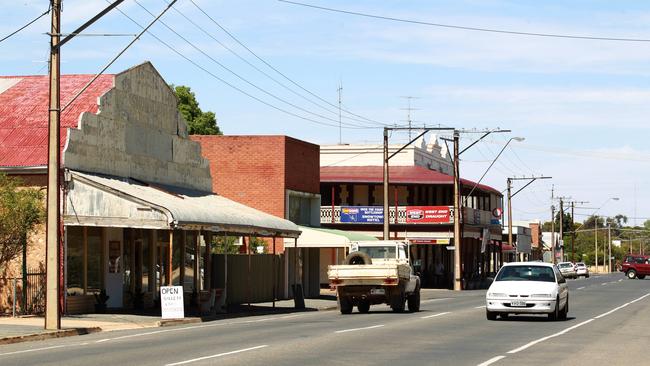
For Byard, one of the most experienced pathologists in the country, it has been a case that has haunted him since that May day and one that he finds difficult to talk about publicly.
But in an exclusive interview, he outlays the stress toll on many of those involved in investigating the grisly murders and how his emotions about the case still today remind him of his own humanity.
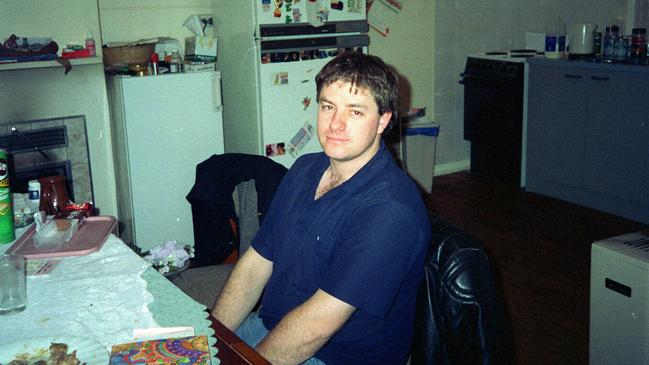
South Australian men Robert Wagner and James Vlassakis participated in several of the murders, assisted by co-offender Mark Haydon.
With Bunting as ringleader, the victims were tortured, mutilated and in one instance cannibalised, as the deranged killer carried out what he claimed was a purification ritual, ridding Adelaide society of those he despised — homosexuals, paedophiles and low-lifes.
FOLLOW: True Crime Australia on Facebook and Twitter
Once dead, eight of the 11 victims were dismembered and stuffed into the black barrels, concealed in the abandoned bank in the sleepy rural locale of Snowtown.
Byard was the forensic pathologist tasked with preserving and identifying the bodies.
One by one the barrels were rolled into his mortuary, and the lids removed, to reveal a mish-mash of body parts and fluid.
No one knew exactly how many bodies were contained in the barrels or who the victims were.

“My mate and I spent the day decanting the bodies,” said Byard, referring to a task he describes as a “gruesome jigsaw puzzle”.
“The bodies were put in a diluted hydrochloric acid but they hadn’t used enough and if you’re going to get rid of bodies you’ve got to stir, not just leave them there. You’ve got to use a lot of acid because a lot of fluid comes out of the bodies and just neutralises it.
“So, basically they were just in this oxygen-deprived environment so they were pretty well preserved.”
In the killers’ downfall, they granted the forensic team a macabre blessing, enabling them to retrieve fingerprints and use tattoo markings on some of the bodies to help identify the victims.
“The amount of cops who handled that (the investigation) and went off on stress leave, and here’s my mate and myself, snout in the trough, pulling bodies out … and we didn’t even have a day off,” said Byard.
Yet as the murders continued, the nature became increasingly sadistic.
The victims
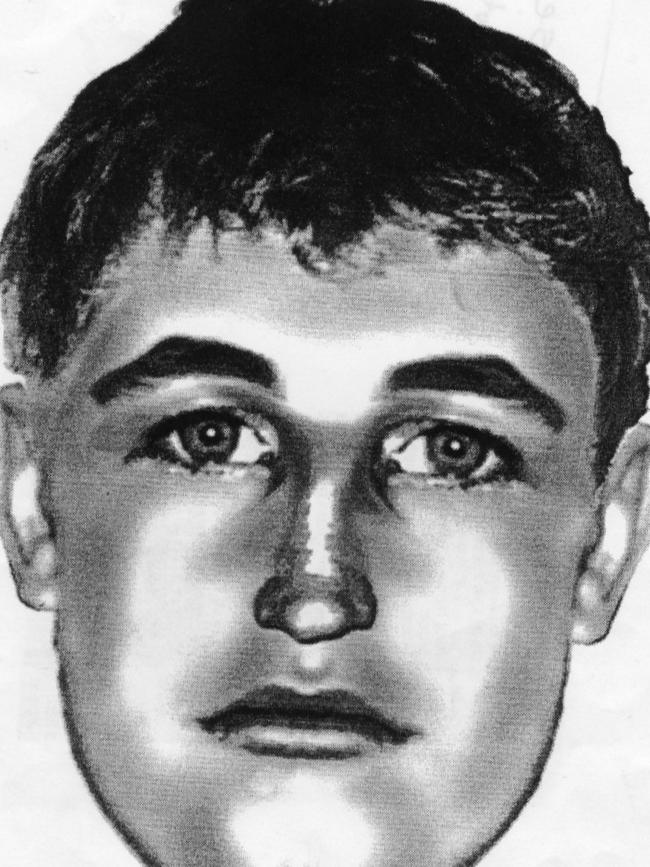

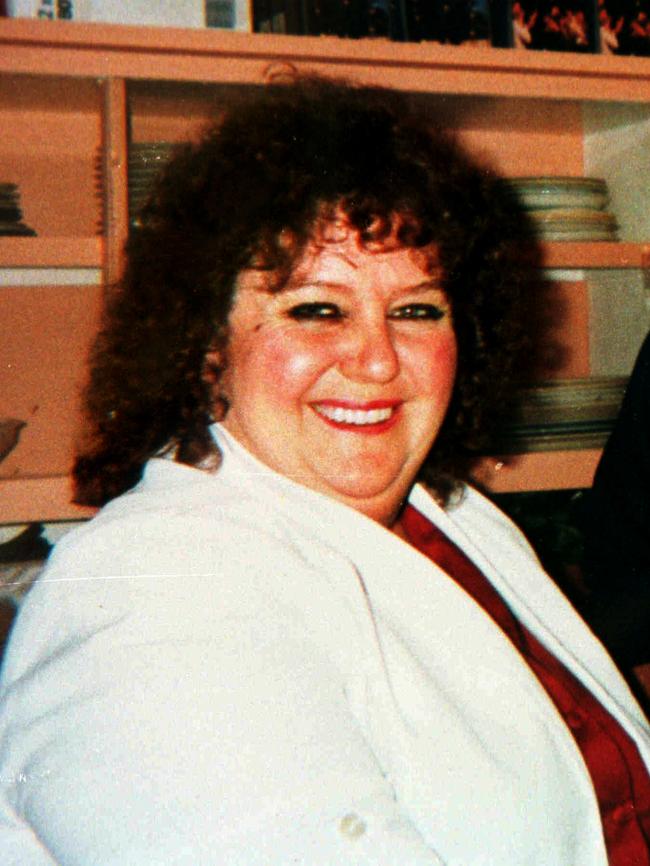
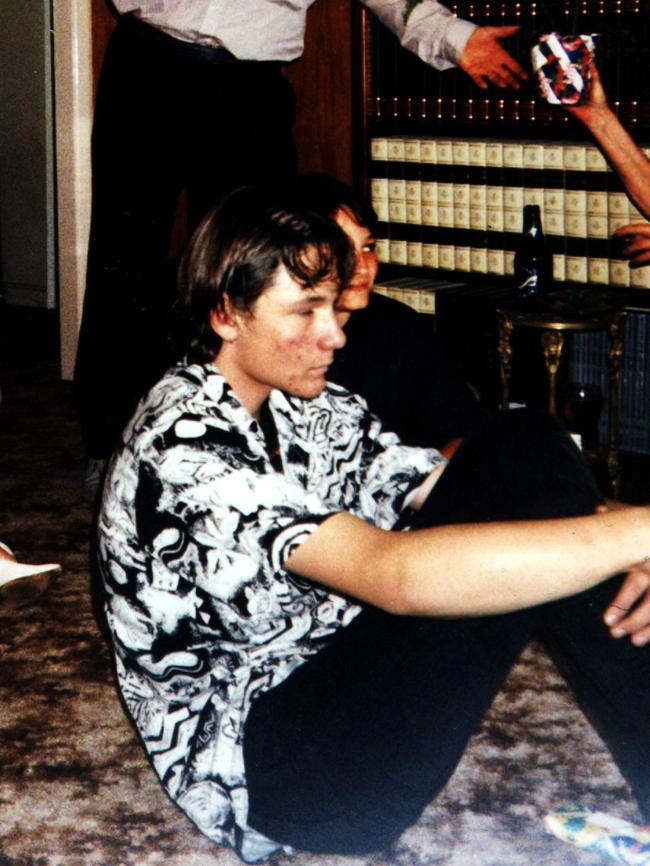
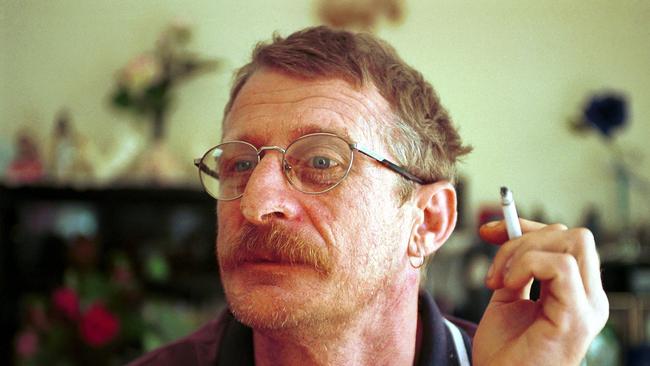
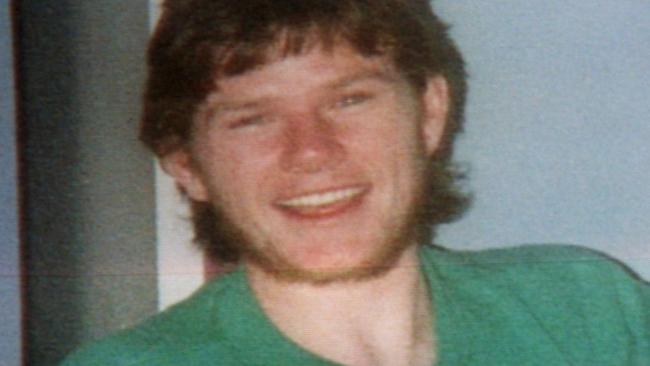
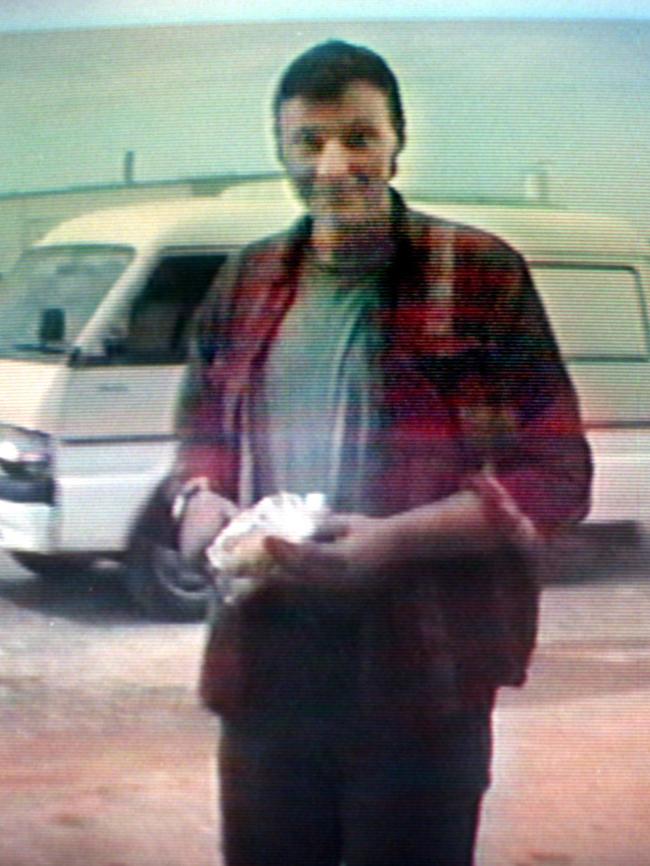
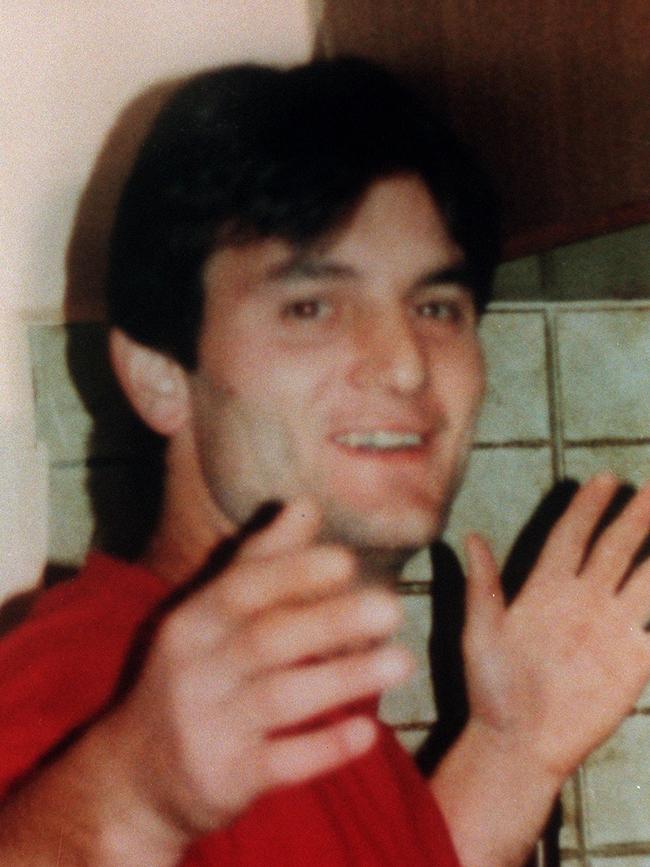
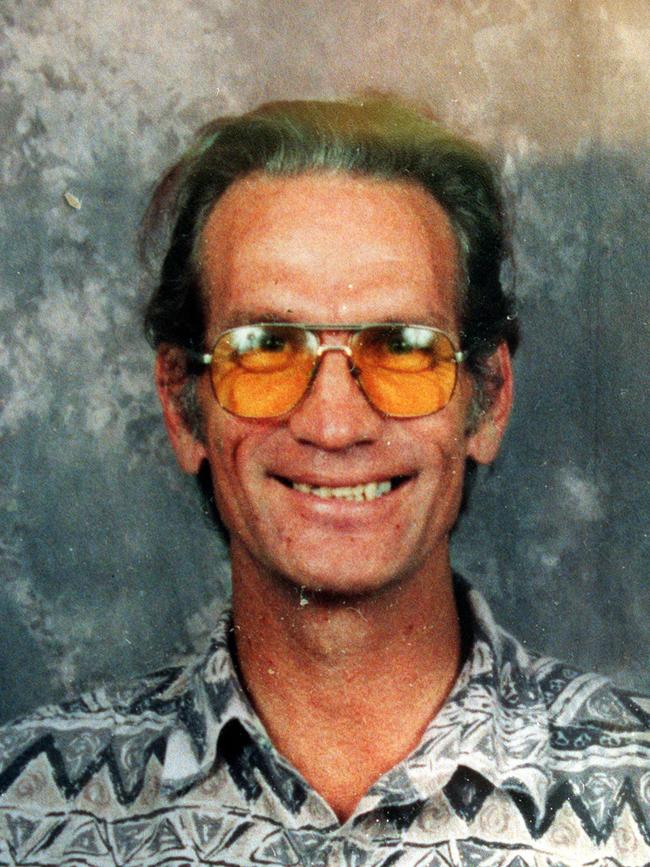
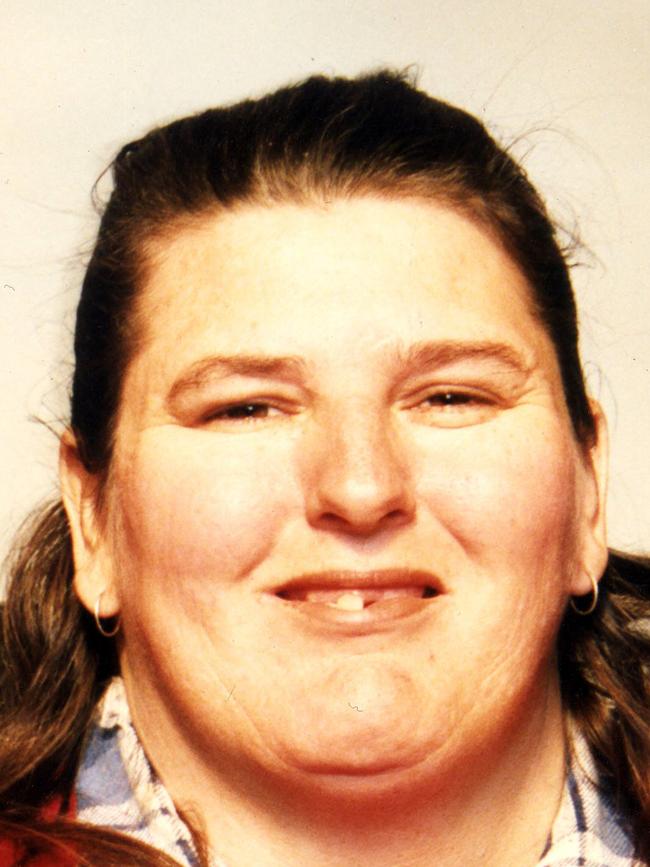
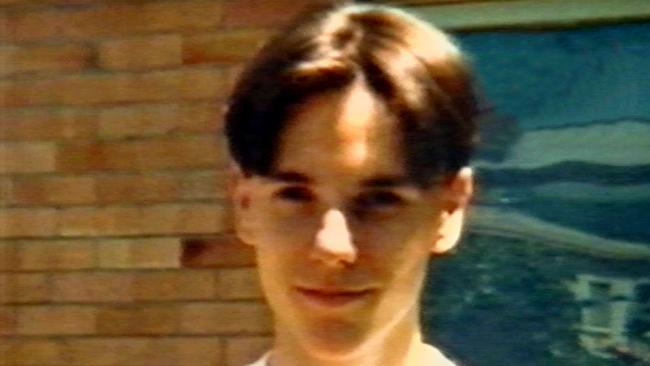
No photo exists of victim Thomas Trevilyan, 18.
Trevilyan assisted in Lane’s murder but was murdered himself in November, 1997, deemed a risk of talking about the crime.
Haunting case
Despite conducting thousands of autopsies in a career spanning almost 40 years, the Snowtown murders are forever imprinted on the mind of forensic pathologist Byard.
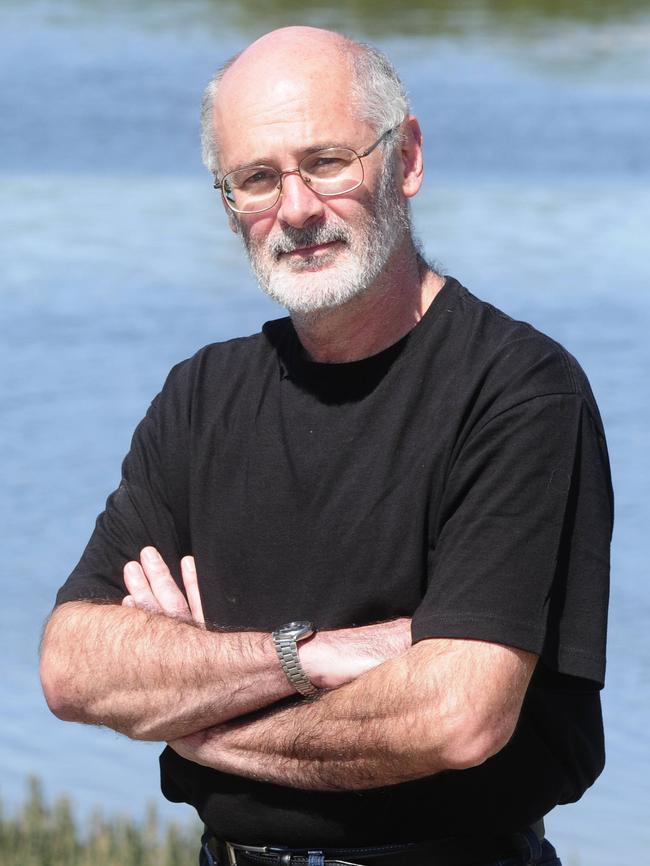
“It was pretty horrific. There are only two times in my career I have actually dreamt about bodies,” said Byard, who nominated the 2004 Boxing Day tsunami as the other similarly haunting case.
“With Snowtown I dreamt the bodies were coming back to life. That went on for three or four nights and then it went away.
“It’s the cases you don’t expect to affect you that do. You’ll just be sitting there at home and suddenly you’ll get this overwhelming feeling of sadness and you’ll think, where did that come from?
“Because that’s a normal response. I’ve got a right to mourn these people. It’s a good thing. It means you realise the humanity of your work. Not to feel sadness with these cases would feel pretty strange,” he said.
Bunting claimed he was motivated by his hatred for paedophiles, homosexuals and “wasters” but the sadistic nature of the crimes led forensic psychiatrist Paul Mullen to state the murders were also about asserting control and power.
“(Bunting) believes when he walks down the street that he can see someone and know they are a child molester but police subsequently learned that most of the people who were victims in this crime weren’t in that category,” Prof Mullen told Crimes That Shook Australia on Foxtel’s C+I network.
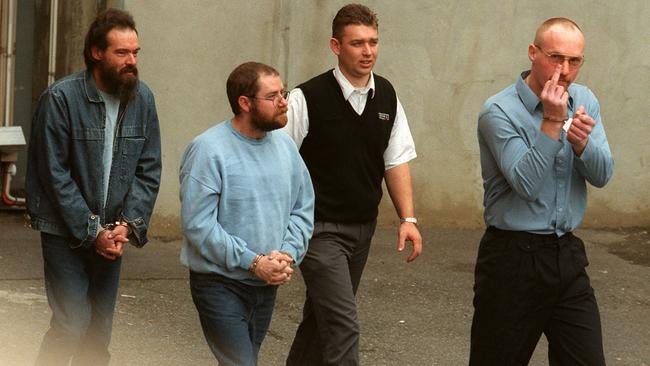
In 2003, John Bunting was found guilty of committing 11 murders. Richard Wagner was found guilty of 10 murders. Both were sentenced to life without parole.
A 12th body, belonging to Suzanne Allen, was found dismembered and buried at Bunting’s home in Salisbury North, Adelaide. However, the charge was dropped when the jury could not reach a verdict.
James Vlassakis was sentenced to four consecutive terms of life imprisonment for his role in the murders. Mark Haydon was convicted of five counts of assisting with murder and sentenced to 26 years.
Originally published as Forensic pathologist Roger Byard: I dreamt the bodies were coming back to life
